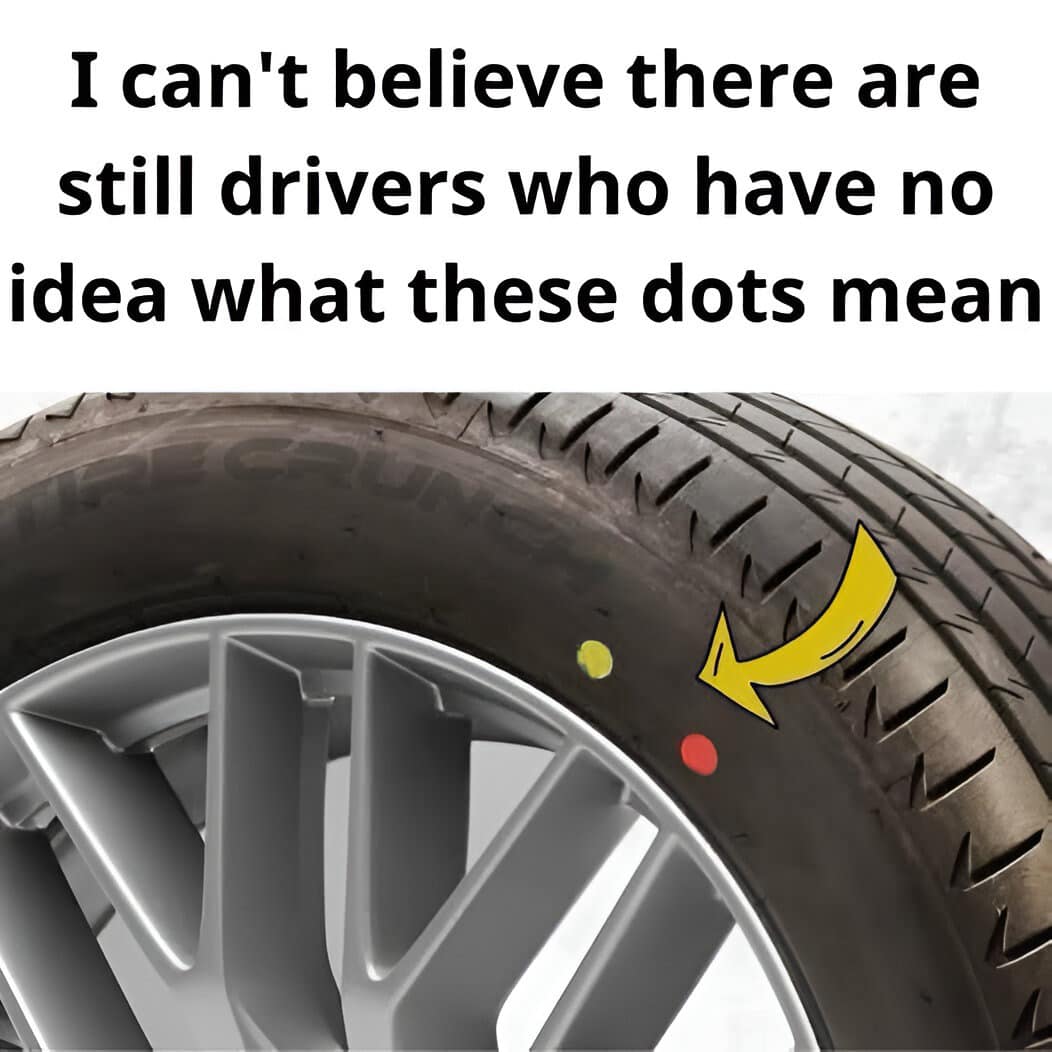
When inspecting your vehicle’s tires, you might notice small red and yellow dots on the sidewalls. These markings, often overlooked, play a crucial role in ensuring your vehicle operates smoothly and safely. Understanding their purpose can provide valuable insights into tire manufacturing and maintenance.
The Purpose Behind the Colored Dots
Manufacturers place these colored dots on tires to assist technicians during the mounting and balancing process. They indicate specific points on the tire that relate to its weight distribution and uniformity, helping to optimize the tire’s performance when installed on a wheel.
Significance of the Red Dot
The red dot typically represents the tire’s high point of radial runout, which is the area where the tire has the greatest deviation from a perfect circle. This high point can lead to vibrations if not properly matched during installation. To counteract this, technicians align the red dot with a mark on the wheel—often a dimple or sticker—that indicates the wheel’s lowest point. This alignment minimizes the overall runout, leading to a smoother ride and reducing the need for excessive balancing weights.
Role of the Yellow Dot
The yellow dot signifies the tire’s lightest point. During installation, aligning the yellow dot with the wheel’s heaviest point, usually at the valve stem, helps balance the tire and wheel assembly more effectively. This practice reduces the amount of additional weight needed to achieve proper balance, enhancing vehicle performance and tire longevity.
Prioritizing the Dots During Installation
When a tire features both red and yellow dots, the red dot generally takes precedence. Addressing the high point of radial runout is crucial for ride quality and tire wear. Therefore, technicians prioritize aligning the red dot with the wheel’s corresponding low point to ensure optimal performance.
The Importance of Proper Tire Balancing
Properly balanced tires are essential for vehicle stability, handling, and comfort. Imbalances can lead to uneven tire wear, vibrations, and increased strain on suspension components. Regular tire maintenance, including balancing and rotation, helps maintain optimal performance and extends the lifespan of your tires.
Understanding Additional Markings
Occasionally, tires may have other colored markings, such as white dots. The significance of these can vary between manufacturers and may indicate inspection points or other production-related information. Consulting the tire manufacturer’s guidelines or a professional technician can provide clarity on these additional markings.
Conclusion
The red and yellow dots on your tires are more than mere decorations; they are integral to the precise installation and balancing of your tires. Recognizing and understanding these markings can enhance your awareness of tire maintenance practices, contributing to a smoother and safer driving experience.





